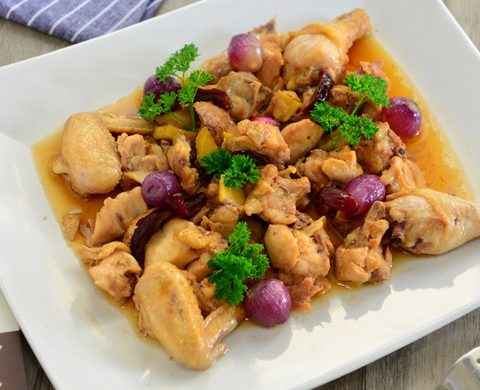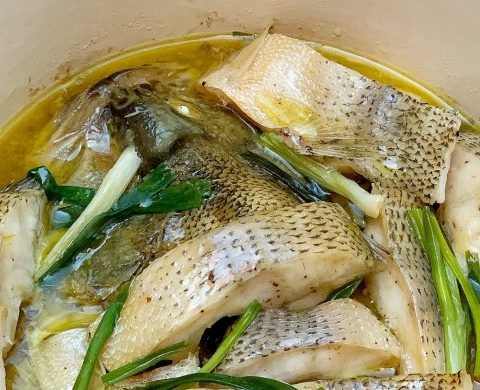Dim Sum Chicken Feet are a popular and traditional dish in Cantonese cuisine. They are made from deep-fried chicken feet that are soaked in a sauce with sugar, soy sauce, rice wine, and spices.
Dim sum dishes are usually served as a snack or appetizer in many Cantonese restaurants. They are small bites of food, usually served in small bamboo steamers or on small plates. While Dim Sum Chicken Feet may sound strange to some people, they are actually quite delicious. The texture is crispy on the outside and chewy on the inside. And the flavor is savory and sweet due to the sauces that it is soaked in.
Chicken feet have been a popular dish at dim sum restaurants for decades, but they have seen an increase in popularity recently due to the increased interest in Asian cuisine. This is because they offer a deep and rich flavor that is not found in any other type of meat.
What are chicken feet called in Cantonese?
Cantonese: Fung Zao
Mandarin: Feng Zhua
Dim Sum Chicken Feet Recipe







Tips
1.When you choose chicken feet, you should choose fresh ones, and choose chicken feet with elasticity, smooth surface and no mucus.
2.When frying chicken feet, be sure to quickly cover the pot and keep it away.
How to eat dim sum chicken feet?
To eat chicken feet, it’s best to use chopsticks, use chopsticks to firmly grasp the chicken feet. Hold them with the toes pointing towards you.
One way you can eat crab is to use a fork and knife – but there’s not much meat to pierce. I usually start by biting off the fingers from the claw and then use my chopsticks to remove any other bones while I’m eating.
Dim sum chicken feet nutrition
Chicken feet are mainly composed of connective tissue and bones, but they still provide a lot of vitamins and minerals.
A serving of 2 chicken feet (70 grams) provides
- Calories: 150
- Protein: 14 grams
- Fat: 10 grams
- Carbs: 0.14 grams
- Calcium: 5% of the Daily Value (DV)
- Phosphorous: 5% of the DV
- Vitamin A: 2% of the DV
- Folate (vitamin B9): 15% of the DV
Conclusion
These chicken feet make for a great appetiser and can be served in the courses of a multi-course meal or include in your home-style dim sum.
They also taste great at room temperature and I often find cold ones tastier as the flavour seems to intensify over time. So they make a wonderful snack (e.g. while watching TV with a cool beer!). For this, using hands is better than using chopsticks







